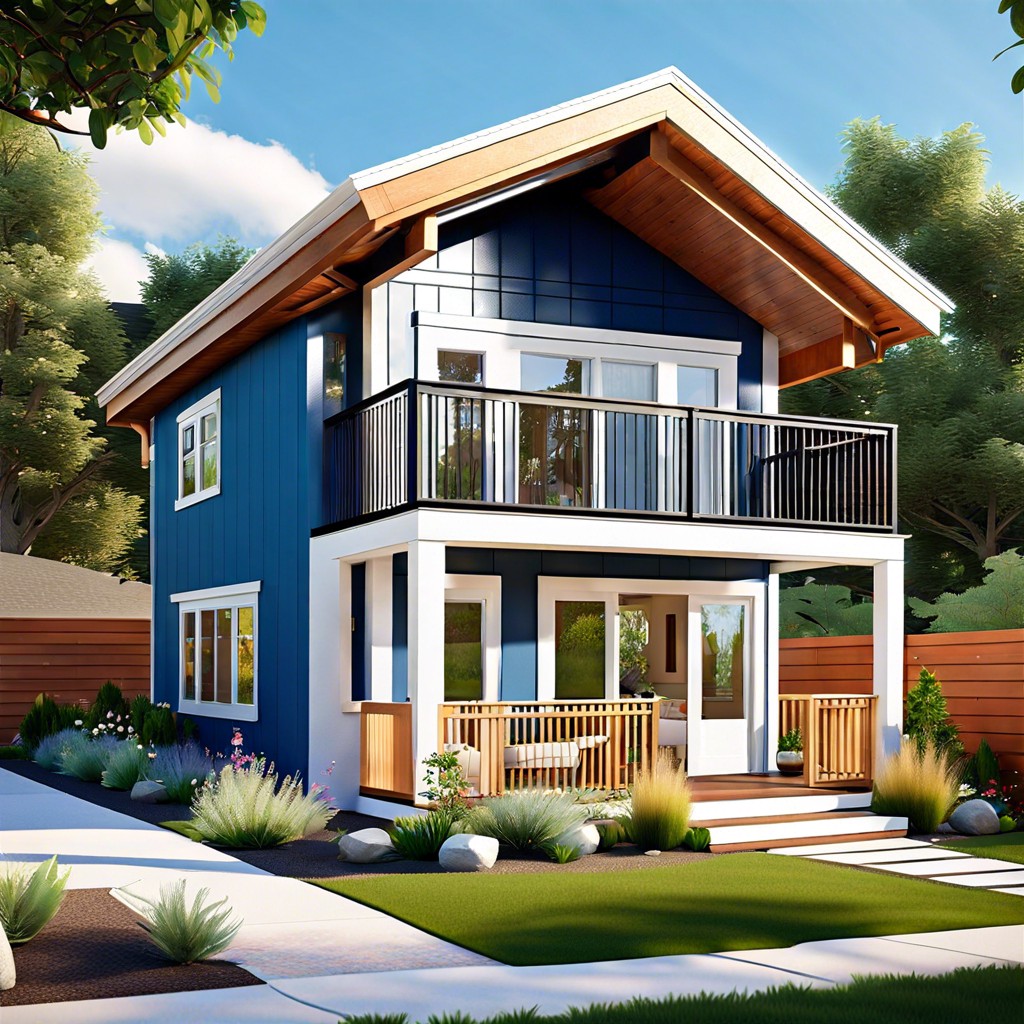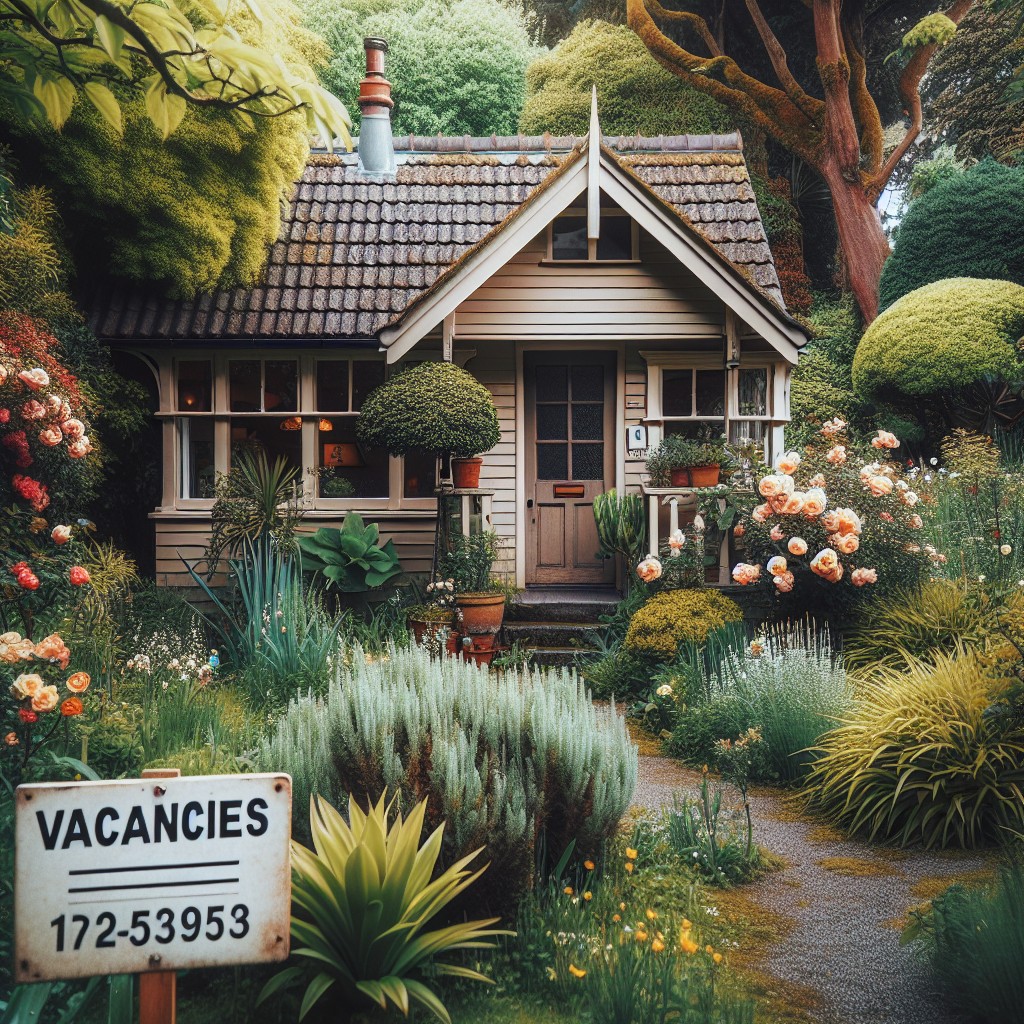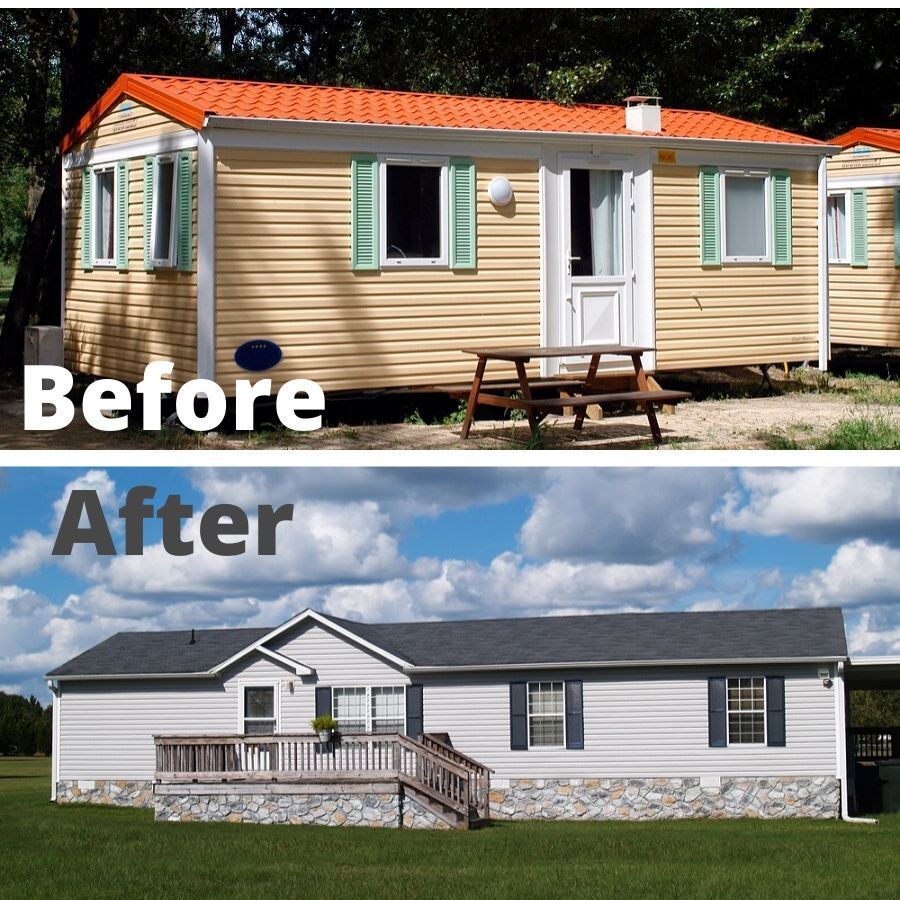Last updated on
Discover the different types of accessory dwelling units (ADUs) and find the perfect fit for expanding your living space.
Key takeaways:
- Detached ADUs offer privacy and flexibility for guests or rentals.
- ADU zoning regulations and permits are crucial for a successful project.
- The type of ADU (detached, attached, or interior) significantly impacts cost.
- Adding an ADU can increase property value if well-designed and in the right location.
- ADUs address housing shortages and offer affordable options for homeowners.
Detached ADUs

Detached ADUs, affectionately known as backyard cottages or granny flats, stand alone from the main residence, offering a cocoon of privacy. Imagine a mini-me version of a home, complete with all the essentials: bedrooms, bathrooms, a kitchen, and living space, nestled in your backyard. They’re the poster children for flexibility, allowing homeowners to host family or create a rental oasis.
Building a detached ADU taps into the dream of having a separate space on your property, but there’s a catch – you’ll need the space to accommodate it. These units can serve as a home office that’s a stone’s throw away or a cozy retreat for guests, all without disturbing the main house’s harmony.
Remember, going detached means thinking about how utilities will connect to your main house. You’re creating a standalone structure, which will also require its own approach to access, a whisper of landscaping, and consideration for local building codes that play by a slightly different set of rules than your main home.
This option is the real deal for maximizing independence and property use. Whether for supplemental income or as a sanctuary for grandma, detached ADUs are like that Swiss Army knife in your drawer – versatile and always handy to have around.
ADU Zoning and Site Requirements
Embarking on an ADU project starts with a dive into local zoning laws—these are the rulebooks that set the stage for all that follows. Think of zoning like a recipe; miss an ingredient, and your housing soufflé may fall flat. So what’s in the mix? Typically, zoning dictates where on your property an ADU may politely sit, how it should keep its size in check to avoid overshadowing the main home, and ensuring your privacy standards aren’t taking a back seat.
Permits? Absolutely. They’re the golden tickets to transforming your ADU dreams into concrete reality. Skip this step, and you might as well be building a house of cards—an unsteady affair begging for trouble.
Utilities are another crucial consideration. Adding an ADU might mean beefing up your water, electricity, and sewer systems to handle the extra load. No one wants a power-hungry ADU gobbling up all the juice!
And don’t overlook access. Good ADUs are like friendly neighbors; they have their own paths without trampling over your petunias. Clear pathways and possibly even a dedicated parking spot are important conversational starters with your local planning department.
Each point here is a cog in the well-oiled machine that powers your ADU project forward. Skipping details can trip you up faster than a shoelace on an escalator. So strap on your planning boots, and step wisely – your ADU journey depends on it.
Cost Factors for Each ADU Type
When diving into the financial side of adding an accessory dwelling unit to your property, there are several key factors to consider. First and foremost, the type of ADU – detached, attached, or interior – influences the cost significantly. Detached units are typically the priciest due to the need for separate building systems and foundations.
Attached ADUs may require less structural work than detached ones but expect higher costs than internal conversions as they usually involve extensive remodeling and potential enlargement of the existing home’s footprint.
Interior conversions, such as basement or garage makeovers, could be your wallet’s best friend. They often require the least amount of new construction. But don’t forget about the potential costs of soundproofing and updating the interior to make the space livable.
Permits and local regulations play a financial role as well; the more hoops, the higher the costs. Don’t overlook utility connections either. Adding separate water and power can be a significant expense, especially for detached units.
The level of finishes you choose also impacts the overall price tag. High-end fixtures and finishes can drive up the cost, but they might also enhance the value of your property and the ADU’s rental potential.
Lastly, unexpected surprises, such as discovering old, non-compliant wiring, can add unforeseen costs. Always pad your budget for those just-in-case scenarios. Remember, cutting corners on planning could result in expensive detours down the road.
Impact of ADUs On Property Value
Many homeowners toss and turn at night wondering how an ADU might play out financially in the long run. It’s like planting a seed in your backyard and pondering if it will grow into a money tree. Here’s the dirt: adding an ADU can sweeten the pot by increasing property value. A separate living space is attractive to potential buyers who see dollar signs in rental income possibilities or dream of a cozy spot for Granny.
Of course, it’s not a one-size-fits-all scenario. The bump in value from an ADU can hinge on a couple of key ingredients. Carefully crafted and in sync with existing property aesthetics, an ADU that looks like it belongs can be a magnet for appraisal boost. But, if you’re running wild without an eye for design harmony, it might just stick out like a sore thumb.
Location also throws its weight around here. In a dense urban sprawl with renters elbowing each other for a spot, an ADU can be as good as gold. But out in the hinterlands, where the roosters have more sway than the rental market, the financial gains might not be as hefty.
Let’s not forget the quality of the build. A well-constructed ADU that scoffs at wear and tear stands a better chance at holding up its end of the value proposition than one that’s slapped together faster than a house of cards.
So, while it’s not a universal windfall, ADUs generally play a positive tune on your property’s worth. Like finding an extra cookie in the jar, it’s a pleasant surprise that could sweeten your investment over time. Just make sure that cookie isn’t half-baked.
The Role of ADUs in Addressing Housing Shortages
Accessory Dwelling Units (ADUs) have become a beacon of hope for cities grappling with housing shortages. Picture a family adding a cozy cottage in their backyard, not just for granny’s golden years but also as a rentable space. This one small addition can turn a single-family lot into a mini community, easing the housing crunch without altering the neighborhood’s character.
ADUs stand as a creative answer to housing woes. They efficiently utilize existing residential lots to bump up the housing supply. It’s like playing Tetris with urban space—finding that perfect fit to clear congestion without constructing new residential blocks or skyscrapers.
For young adults, these compact homes are a financial godsend. They step into homeownership by snagging an affordable pad. On the flip side, boomers can downsize into an ADU and age in place, staying close to family.
Moreover, ADUs are a smart move for cities. They don’t entail the high infrastructure costs of larger developments. Think of it as adding more seats to the dinner table rather than building a new house.
Lastly, ADUs mix well with transit-oriented communities. Situated near bus and train lines, they offer car-free living options, thus reducing traffic and embracing a greener lifestyle. It’s a step in the right direction as cities march toward sustainable futures.
Related reading:
Table of Contents





